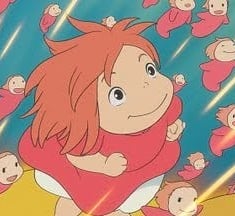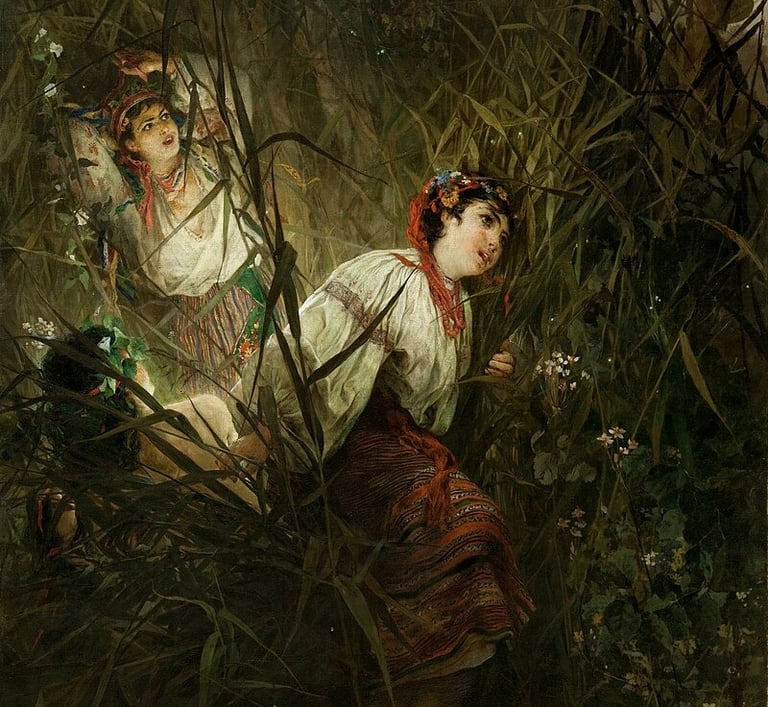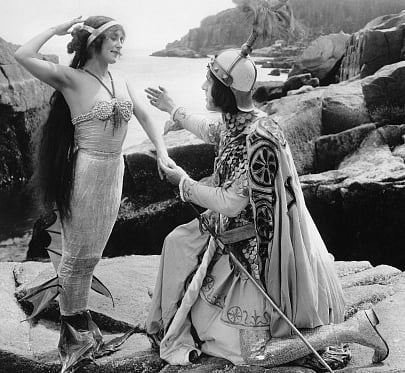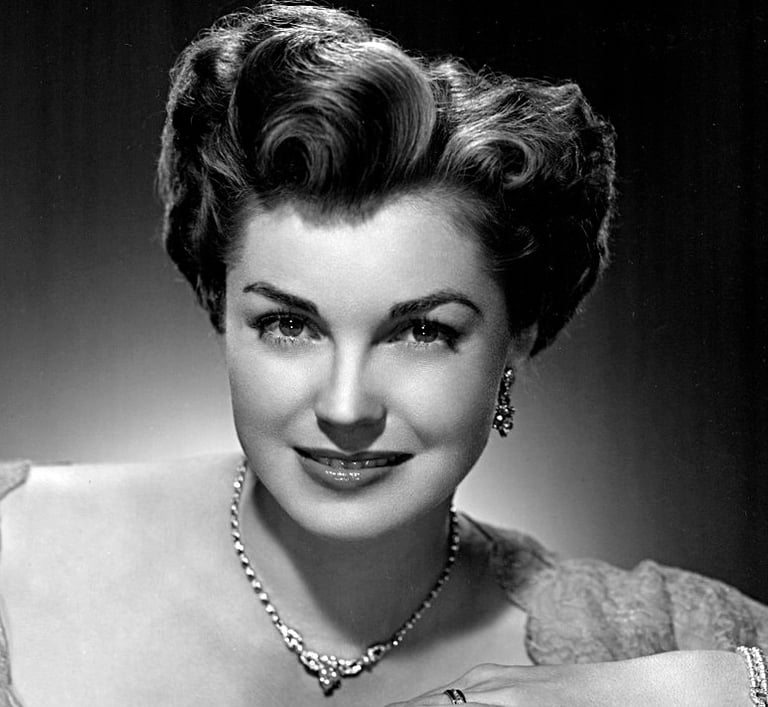
A Brief History of Mermaids
Mermaids have been a fascinating part of folklore around the world, and reflect different parts of the cultures that influenced them. Mermaids, Rusalki, Ningyo, and more. But how did we arrive from terrifying monsters and flesh-eating gods, to the beautiful and happy ocean guardians we know and dress as today?
Xandria Wilcox
2/20/20246 min read
Mermaids were not always young women gathering trinkets and saving princes. Mermaids were once, and in some places still are, terrifying symbols of foreboding and death; and not all of them looked human-like, as the mermaids we know today. But how did we get here?
In Europe, one of the most commonly known mermaid myths is that of the Rusalki, a type of Slavic Pagan water spirits. Before the 19th century, people in Russia and northern Europe did not consider Rusalki to be evil, at all; they were in fact symbols of fertility that would emerge from the waters of lakes and rivers to encourage the growth of crops.
According to the writings of Dmitry Zelenin, a soviet linguist and ethnographer, the Rusalki would eventually evolve to become the evil, undead spirits of young women. These women either killed themselves because of an unhappy marriage, or were drowned because of unwanted children. When they became spirits, they were not universally malevolent and could pass on peacefully if their death was avenged. However, they are often depicted as luring men with their beauty to drown them.
Monsters and Maidens
The modern concept of mermaids, being the beautiful and seductive half-fish you probably think of when the word comes up, were also influenced by a number of multicultural sources, the tale developing as sailors and traders interacted with each other. One of which being the Ancient Greek Siren. These part-bird women had the beautiful voices that we now associate with mermaids; and lured sailors to smash their ships against rocks so they could devour them. Other influences being the Celtic Selkies, the Persian “پری دریایی” or Maneli, and the Greco-Roman Triton, the son of Poseidon/Neptune.


Historical accounts of mermaid sightings grew more detailed and were more focused on describing the mermaid as an animal they’d discovered. We’ve already mentioned the accounts of princes and fishermen among the most ancient mentions, but a more recent and well known account is that of Christopher Colombus during his journey through the Caribbean.
Columbus likely spotted manatees, dolphins, or the now extinct Stellar’s Sea Cow most historians agree, but he described his mermaids as “not half as beautiful as they are painted.”
There were a number of reported sightings in the Colonial-Era Americas, including Brazil, the Gulf of Mexico, and even up into the Arctic. As these accounts grew more detailed; focused on the popularization of scientific research and exploration, the image of the modern mermaid began to take shape in the Western World. A half-human, half fish being; often a woman with long hair and a beautiful voice. These sightings inspired the Danish writer, Hans Christian Andersen, to write The Little Mermaid. It was originally published in 1837 in a collection of fairy tales for children, and became popular not only in Europe, but also in the Americas.
This fairy tale heavily influenced people’s ideas of Mermaids going forward, and would eventually inspire several movie adaptations, including Disney’s The Little Mermaid, released in 1989. The shift of mermaids from dangerous but beautiful monsters to sympathetic, fairy tail protagonists was actually quite sudden by folk tale standards; and at least in the west, we are still somewhat reeling from those changes. It took less than two hundred years for the separation between “mermaid” and “siren” to gain traction: sirens being the beautiful monsters, and mermaids being our trinket-collecting protagonists, because many people did not want to describe their folkloric monsters as “mermaids” any longer.
Histories and Mysteries
Tales, Tails, and Trades
The first professional mermaid was the Australian professional swimmer and actress Annette Kellerman. Her first mermaid performance was in 1902, while she was still in school. She began giving diving and swimming exhibitions at the Melbourne Baths, and performed mermaid acts at both the Exhibition Aquarium and at the Princes Court.


Slavic peoples are far from the only people to have tales of human-like water spirits. The Japanese Ningyo, or 人魚, meaning “person-fish” are a kind of mermaid-like yokai that come in many forms. The term Ningyo is gender neutral, and they are depicted as both men and women. They were first described as freshwater beings, and one was supposedly captured as a gift for Prince Regent Shōtoku in the 8th century, or the Asuka period. According to an account depicted in the picture scroll Shōtoku Taishi Eden, he had the unlucky gift discarded immediately, as Ningyo were considered a sign of ill-omen.
If a Ningyo was found beached, it would often be blamed for subsequent natural disasters, bloody battles, or other calamities. According to some interpretations and folk tales, if one knowingly ate a Ningyo they would be cursed. However, if someone was tricked into eating one (as in, they could not know they were eating a Ningyo), it could grant them a sort of immortality.
Some Ningyo have four scaled limbs and a fish head, some are described a limbless fish with the head of a human, and many are what a westerner may recognize as a mermaid. They were originally described as “childlike”, and have supposedly been caught in the nets of fishermen as recently as the 1850s. You may recognize this description in the popular Ghibli character Ponyo, from the movie of the same name.
Witold Pruszkowski Rusałki, 1877
Ponyo and her sisters, from Ponyo by Studio Ghibli
The Little Mermaid Statue in Copenhagen, Denmark
Not only is she accredited as the first professional mermaid, she is also known as the inventor of synchronized swimming. She performed the first ever underwater ballet in 1907, at the New York Hippodrome, and earned a star on the Hollywood Walk of Fame for her many film roles, including one of her most popular movies The Mermaid released in 1911.
Kellerman was a hard act to follow, but the art of mermaiding evolved over the course of the 20th century to incorporate elements of ballet, acting, and longer and more difficult dives; at considerable risk to the mermaids that followed in Kellerman’s footsteps. In a biographical film about Annette Kellerman called Million Dollar Mermaid, competitive swimmer and actress Esther Williams actually broke her neck, and was in a body cast for 7 months. She did recover, but suffered headaches for the rest of her life, and would proceed to rupture her eardrums and almost drown several times as they continued filming both Million Dollar Mermaid and Jupiter’s Darling.
Kellerman and co-star Hugh Thompson in Queen of the Sea, 1918
Esther Williams, in 1950
Most in the mermaid community have heard of the Weeki Watchee Mermaids. Starting in 1947, the mermaids of Weeki Watchee Springs, Florida have brought wonder and magic to the residents and visitors of Weeki Watchee for more than half a century.
The attraction was founded by Newton Perry, an ex-Navy man who thought that the Weeki Watchee Spring would be an excellent place for business. After clearing the trash away, constructing underwater breathing boxes and hoses, and scouting out girls to perform in the shows, the Weeki Watchee Mermaids began performing on October 13th. Since its start, over 1,500 mermaids have performed at Weeki Watchee, including the founder of MerTailor, Eric Ducharme, who began performing at 16.
The fascination with mermaids in the modern age was not isolated to Florida, however, nor was it isolated to actors or movie stars. Craftsman, Tailors, and Artists were also keenly interested in the possibilities. Although we don’t know who the very first mermaid tail maker was, mermaid tails became available to the general public in the late 1990s - early 2000s. Instead of making them at home, mermaid tail makers like the aforementioned MerTailor, MerNation, and FinFun began making mermaid tails for the everyday consumer. As the popularity of mermaids exploded with shows like H2O: Just Add Water and its spinoff Mako Mermaids, these businesses were able to expand, and become the backbone of the mermaid community that they are today.
Now that tails were available to a wider audience, so too was the ability to become a professional mermaid. Performers like Circus Siren Pod’s Morgana, Mermaid Linden, and Syrena the Singapore Mermaid began making names for themselves, attracting audiences and future mermaids alike with their talent and passion for “Mermaiding,” a term coined as the artform got more popular.
Which brings us to the Modern mermaid. From folklore monster to a thriving career, mermaids have come a long way from the limbless, human-faced fish and undead man-eating monsters of medieval eras; turning into fairy tales that dedicated actors, animators, and artists across the world bring to real life. The magic of mermaiding has been maintained, painstakingly, by the passionate community under which the industry flourishes; and by the love that we have for the myths and legends that have inspired us. Mermaiding has come a long way; but the community remains mostly isolated mostly to the United States and Asia. We at MerMapp are looking forward to helping reconnect the community with our app, and seeing how far we’ll go!

APPearl LTD
Nikiforou Vretakou, 5, Flat/Office 101
8035, Paphos, Cyprus
registration number: HE 433676
VAT number: 10433676W
Contact Us
+(357)96520653
contact@mermapp.com
©️ 2021-2025
Crafted with 💙
by APPearl LTD






